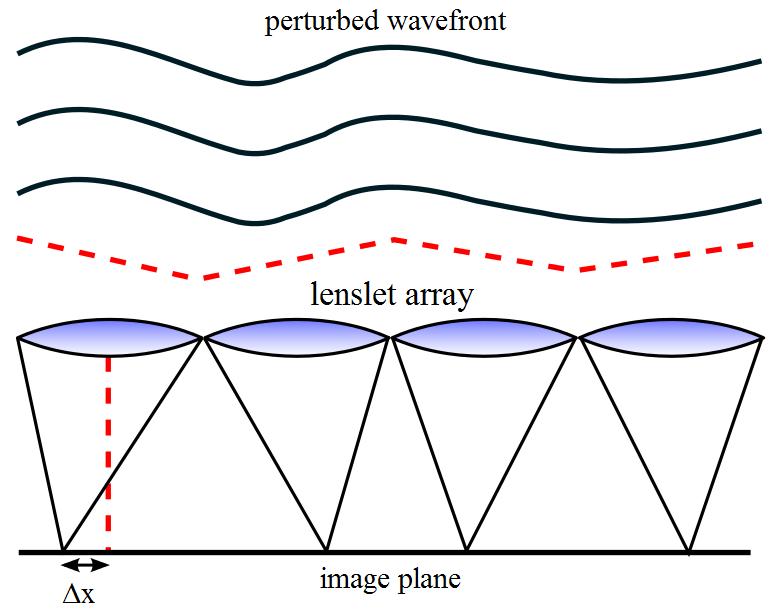How do adaptive optics work?
1 Answer
Adaptive optics tries to offset the atmospherical effects to achieve a terrestrial telescope to get a resolution next to theoretical resolution
Explanation:
Light coming from stars arrives at the atmosphere in the form of plane wavefronts, due to the big distance from those stars.
These wavefronts are broken when they go through the atmosphere, which is an inhomogeneous medium. That's why successive wavefronts have very different forms (not plane).
Adaptive optics consists of monitoring a close star (which wavefronts form is well-known) and analyzing how its wavefronts are deformed. After this, a mirror (or a system of lenses) is deformed to compensate deformations and get a fine image.
You can see how the process works on this video:
and even understand it better with this image (source ):

Note: global source = my class notes from Astrophysics

